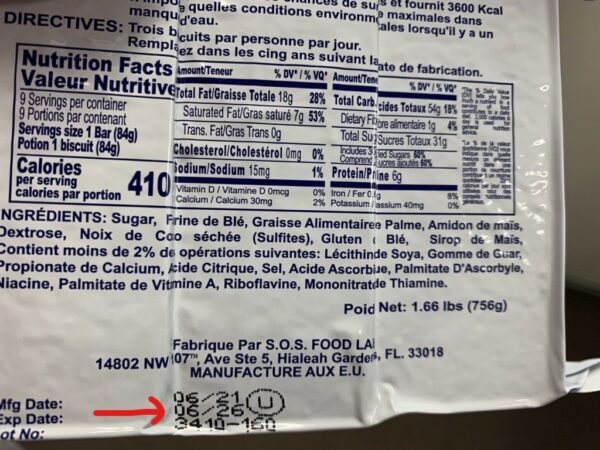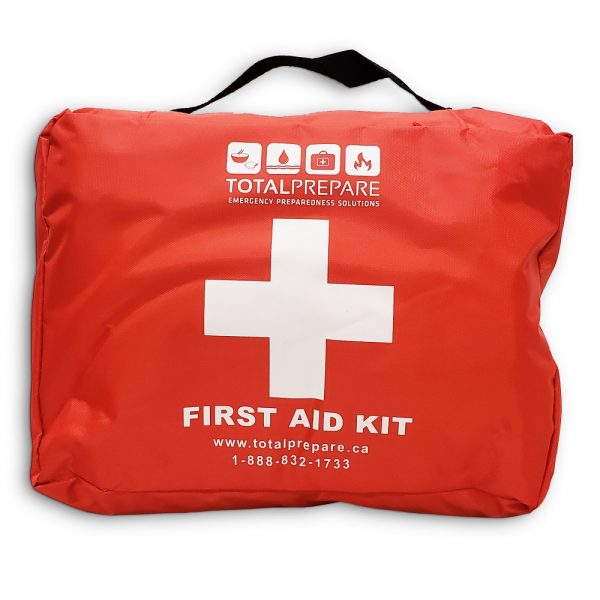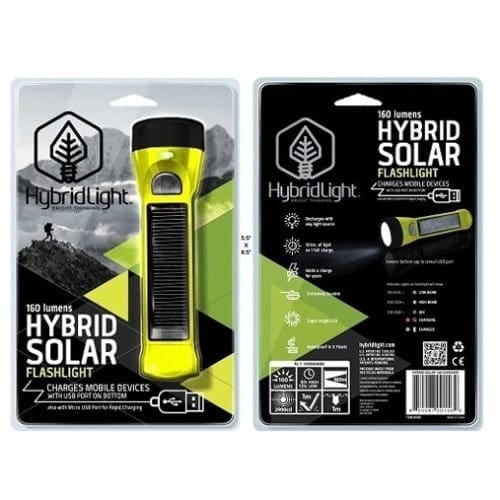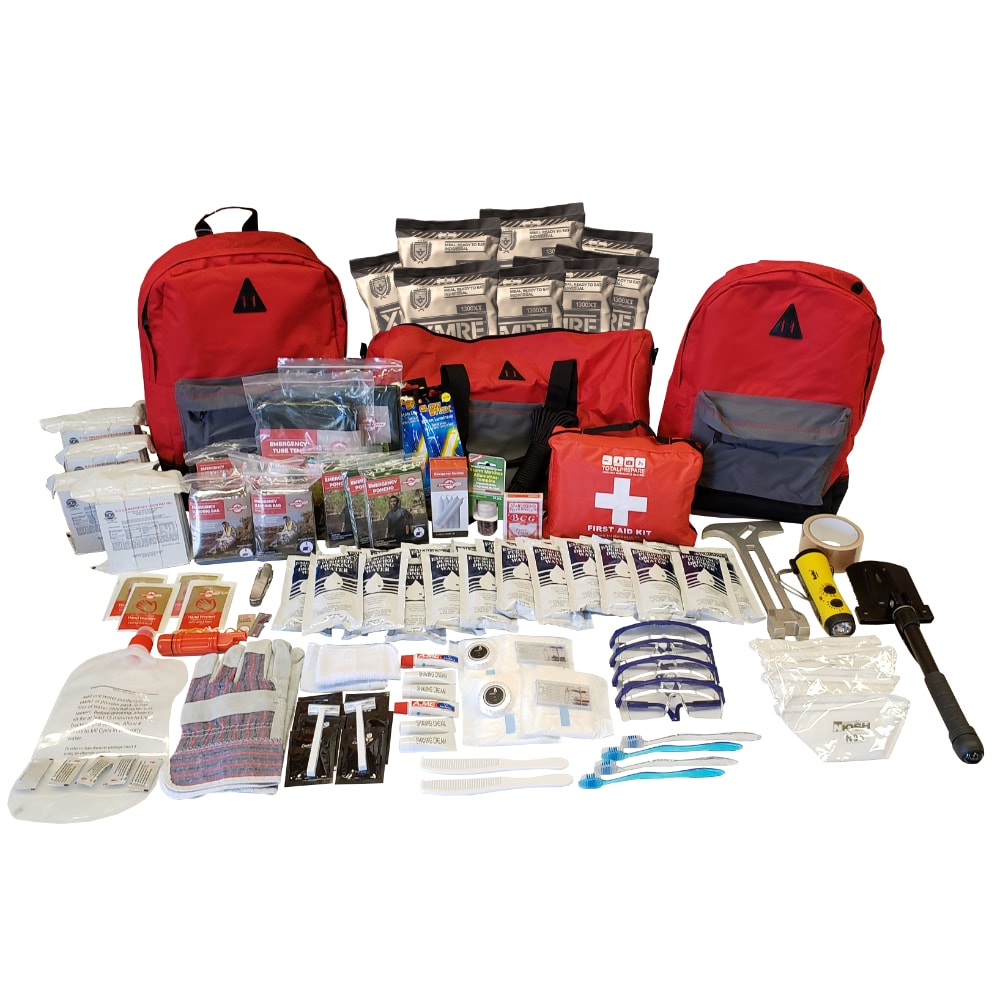How to Update Your Emergency Kit and What You Need to Check First
You buy your emergency kit and tuck it away in your closet, and the next thing you know, five years have gone by. Now what? If you need to update your emergency kit, here are the most important things to check first.
1. Check the expiration dates on food and water
Calorie bars and water pouches usually have a shelf life of about five years. After that, their packaging starts to break down, making them unsafe for consumption. Food past its expiry date should be composted or otherwise discarded. However, expired water can be kept for handwashing as needed.

Food bars like our SOS calorie bars have both the manufacture date and the expiry date printed on the label.
If you store water in a tank with stabilizer added, drain it and give it a thorough wash every five years. Refill with potable water and re-add the stabilizer drops.
Some food and water storage solutions have far longer shelf lives, such as freeze-dried food and Blue Can Water.
Freeze-dried food has a much longer shelf life than vacuum-sealed calorie bars, but double check that everything is still sealed.
If any of your consumables have broken seals and you don’t know how long they have been broken, it is not safe to eat or drink.
2. Are your first aid supplies still good?
Unless otherwise marked, first aid products sold in Canada are good for five years—even things like bandages and wipes. Pay special attention to the dates on medications and ointments.

Check your first aid kit at the same time as your emergency kit, and even more frequently if there are medications inside.
Some medications become less effective with time, and others become dangerous to consume when past their expiration date. Have a chat with your pharmacist about safe storage for medications. First aid kits stored in cars will likely need replacing more frequently due to bigger fluctuations in temperature and higher moisture levels.
Look for tears, leaks, or breaks in any of the kit’s contents. Replace damaged items as necessary. If you are not sure if something is still good to use or not, it’s better to replace it.
Check out our home & workplace first aid supplies here.
3. Are your electronics and batteries holding a charge?

Some solar-powered devices hold their charge for a long time, but it’s always good to double check and top them up when you check your kit.
While it’s fairly common knowledge not to store electronics with alkaline batteries inside, it is less common knowledge that the batteries should be stored parallel to each other. If the ends touch, they could spark and cause a fire.
Check your batteries’ charge yearly. You can get battery testers online for around $20 CAD or under. For solar-powered and other devices without removable batteries, such as cell phones with lithium-ion batteries, give them a top-up charge every six months to a year. Some solar-powered devices hold their charges for years, but we still think it’s good practice to check!
How to update your emergency kit
We recommend going through your kit once or twice a year to make sure everything is still in good shape. Replace items as needed to keep your kit up to date.
If you don’t have a kit yet or need to replace your existing kit, check out our selection for individuals, couples, and families! If you’re not sure what you need, give us a shout and our team will be happy to help.







